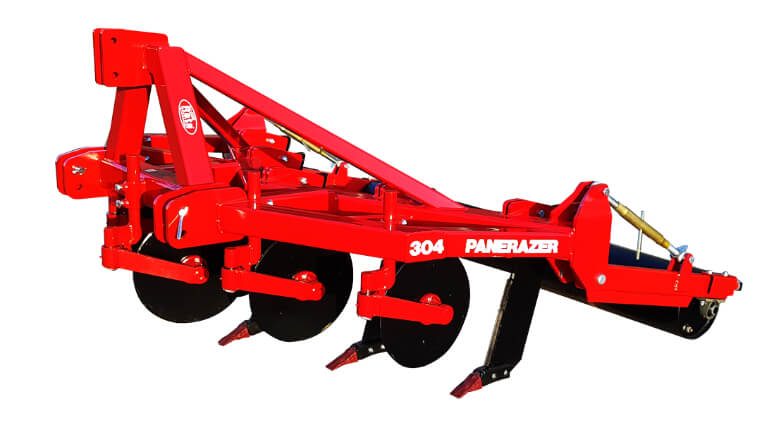A brief analysis of the different types of pasture aerators

Pros:
Gives the full range of benefits, from increased drought resistance and excess water drainage to enhanced precipitation absorption
Typically increases pasture productivity around twice as much as spike aerators
Lifts and shatters the soil structure, without introducing localised compaction around fractures
Less wearing parts
Almost completely eliminates fertiliser runoff
Working depth customizable
If done at the right time, some soil types only need to be aerated once every two years or longer
Cons:
Increased initial cost compared to a spike aerator
More expensive wearing parts due to the depth and thoroughness of the job done
Harder to pull, and slower working speed
Pros:
Decreased initial outlay compared to a deep ripper aerator
Increases pasture productivity by a small amount
Decreases fertiliser runoff
Cons:
Typically only around half as effective at increasing pasture productivity as a deep ripper aerator
Does not offer significantly increased rooting depth, so little added drought resistance
Does not break up the subsoil so does not allow water to drain away faster after extra rainfall
Increases subsoil compaction as it does not aerate the subsoil and the tractor is still driving over it
Increases localised compaction where the tines compress the soil to make a hole, making it harder for roots to access the aeration provided
Only around half the operating depth of a deep ripper
Little to no soil lift and creation of essential macropores in the soil structure
Needs to be re-aerated regularly, especially in livestock situations
Large rollers with short spikes welded to them which compress the ground to provide "aeration". These are similar to Spike aerators, but offer even less benefit, often doing more harm than good, especially in heavy clay soils. These are much more suited for creating smooth areas of low productivity grassland and are ideal for use in areas such as golf courses and sports fields where a smooth, packed surface is more important than pasture productivity. Do not use in productive fields, the use of these machines increases compaction.
These are much like spike aerators in effect, however they do have the advantage of not compressing the ground as they have a rigid tines which is pulled through the ground to create lift. However they do not typically offer nearly as much lift or operating depth as a subsoil aerator, and therefore do not offer the same benefits.
Copyright. 2023 Rata Industries Group